If there's a will then there's a way. My fascination to visit all the historic lighthouses in the Philippines has brought me to this flat coral rock island of Tanguingui where the Faro De Islote De Tanguingui stands.
El Faro De Islote De Tanguingui was originally designed in 1893 and necessitated to be build on this islet to guide vessels going to ports of Iloilo and Cebu and passing through the Visayan Sea. But the lighthouse was not finished until the end of the Spanish regime. The US Govenrment realized the importance of the lighthouse and therefore ordered to erect a fixed white lantern light 45 feet above high water on December 1903. The lighthouse became operational a year after.
Tanguingui Islet is a small island politically administered by the municipality of Carles and one of the easternmost islands in the Islas de Gigantes archipelago. Because of it geographical location, getting there is easier if you are coming from Madridejos, Cebu in Bantayan Island. It usually takes 2 hours to reach the island by pump boat depending on the weather.
Sir Melchor Samson, DOT Officer of Madridejos showed me around the town and arranged my trip for the Tanguingui Islet.
Bantayan Island
After my short but enlightening visit to Bogo City and the Faro De Islote Capitancillo (with the assistance of DOT Officers Ms. Joy Tan and Mr. Gary Fernandez of Bogo City, Cebu) I rushed for the Hagnaya Port that afternoon to take the last departing ferry to Sta. Fe Port in Bantayan Island. The sun was setting as we approach the port, and the view from the ferry was spectacular. I didn't booked for any hotel so I hired a habal-habal to take me around Sta Fe and looked for a nice and affordable accommodation. The beach resorts are quite pricey so I settled for a room along the main road a few minutes away from the beach for P800/night.
I took the opportunity to visit all three towns – Sta Fe, Madridejos and Bantayan – while in Bantayan Island and easily can be reached by habal-habal.
Sta Fe
Greeting visitors in Bantayan Island is the Sta. Fe Port. Here you can see the most breathtaking beach sight in all of Cebu. Its long strip of white sands, clear turtoise waters, and spectacular sunrise will greet you as you arrive in this tropical paradise notable for beach lovers for its long strip of fine white sands, clear tortoise waters, and spectacular sunrise.
There are lowkey bars and restaurants along the main street of Sta. Fe. Most of the resorts along the beach have their own little restaurant. Noticeably, there are more foreign visitors going to these places as they serve foreign recipes and drinks. Nonetheless, there are many turo-turo restaurants the locals frequent which serve sugba or grilled fish of different variety.
Madridejos
Lawis was the old name of Madridejos. Even today people still use the name Lawis, meaning promontory the portion of the land carved out to constitute the municipality of Madridejos being the peninsula located on the northern side of Bantayan island facing the Visayan Sea.
In 1917 the pueblo Lawis became a municipality named Madridejos. This was the name given to the third town of Bantayan island in honour of Benito Romero de Madridejos, the former archbishop of Cebu.
The town's main attraction are the Kota or Fort, was built in 1790s and a watch tower was built in Kaongkod, a barrio about 4 kilometers from the fort.
During the time of governor Sebastián Hurtado de Corcuera (1635–1644), the Visayas were continually harassed by the Moros, who wreaked dreadful havoc, capturing, massacring, robbing, sacking churches, and burning everything there was. They bult the fort and the watchtower to give a timely warning to the townsfolk of the Moros coming. All watchtowers on Bantayan where built by Fr. Doroteo Andrada del Rosario, parish priest of Bantayan in the 19th century.
Bantayan
Bantayan Town does not have much to visit but the St Peter and Paul Church located in the heart of the town. Amazing ceiling paintings and its history as providing a refuge for local people when pirates visited make it an intriguing place. Bantayan Island is the seat of the first and therefore oldest Parish in Visayas and Mindanao founded in 1580.
The original church was destroyed in 1600 by Muslim rebels and several times, by natural disasters and raids by Muslim rebels. Construction on the current church was started in 1839 and completed in 1863. The church is built using corral stones from the island. After completion the church was dedicated to St Peter and Paul.






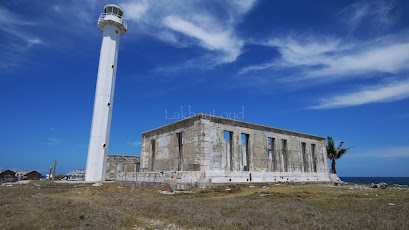
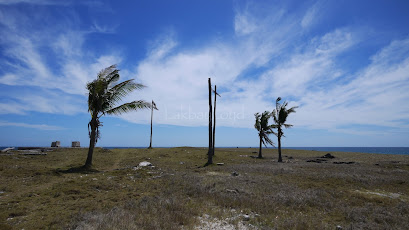









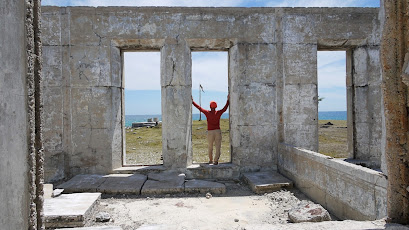


























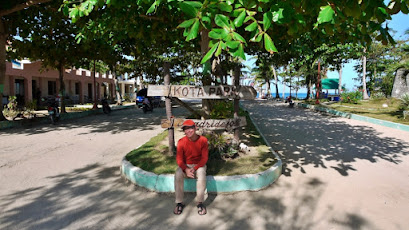









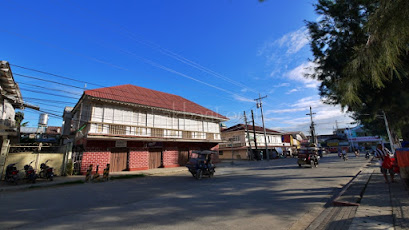
No comments:
Post a Comment